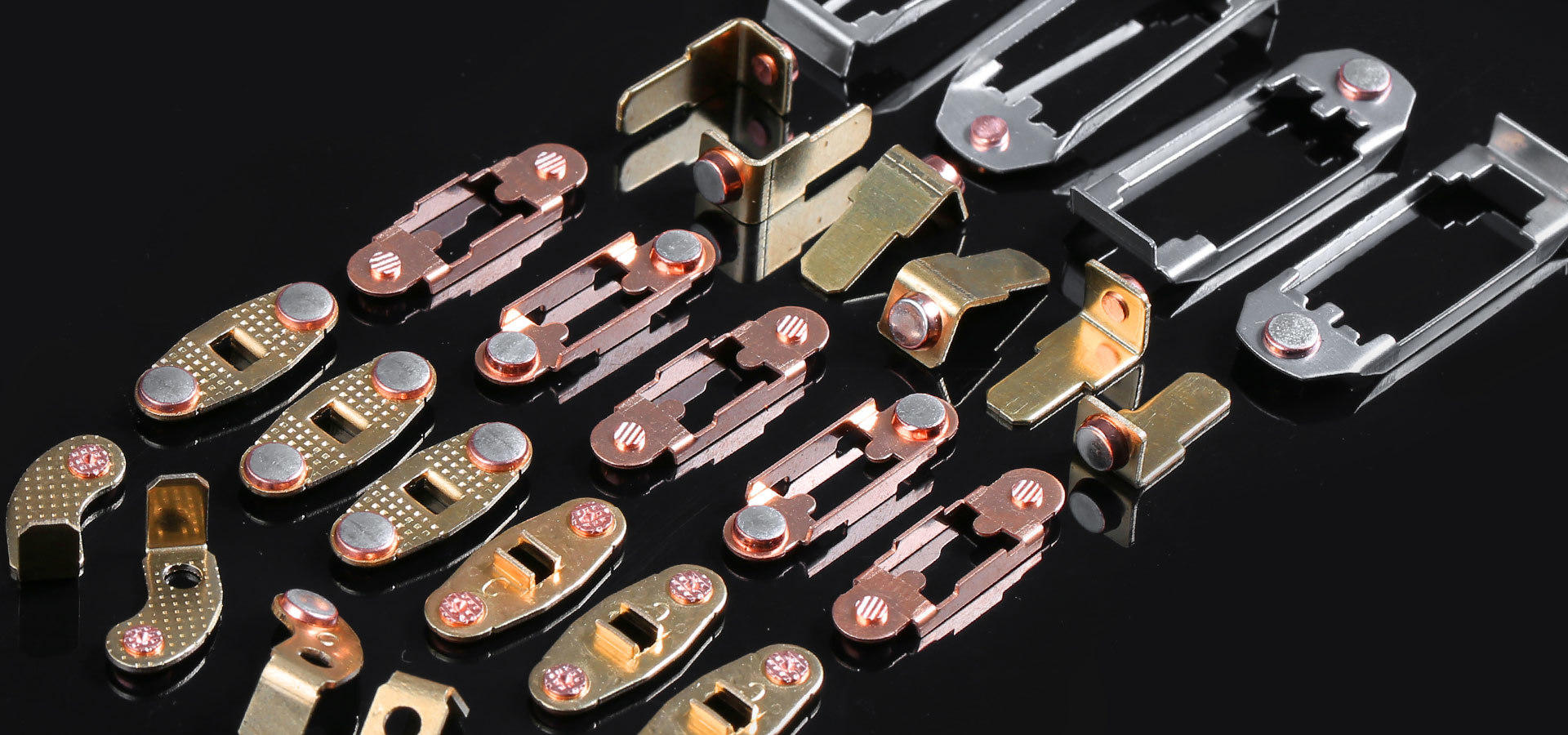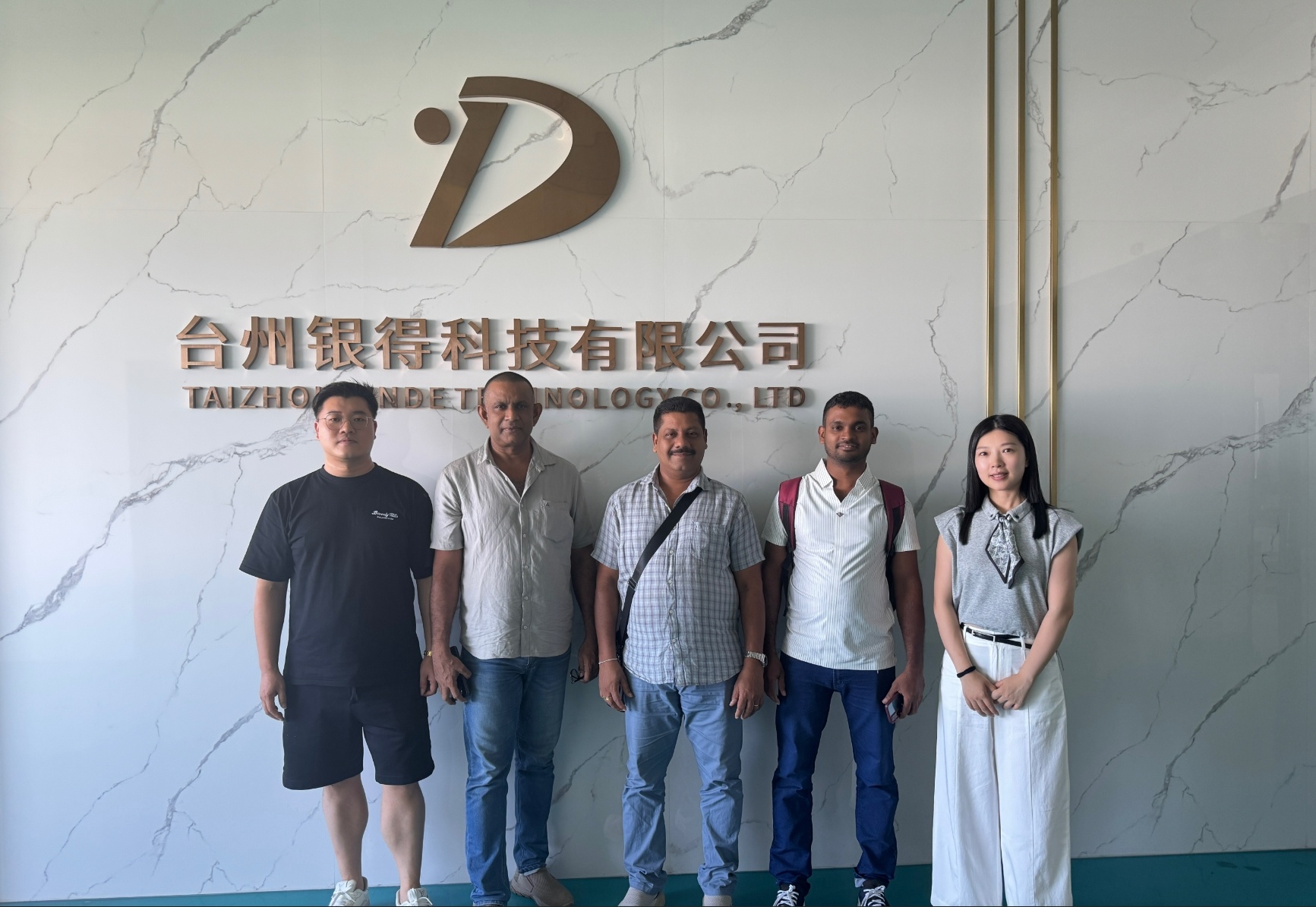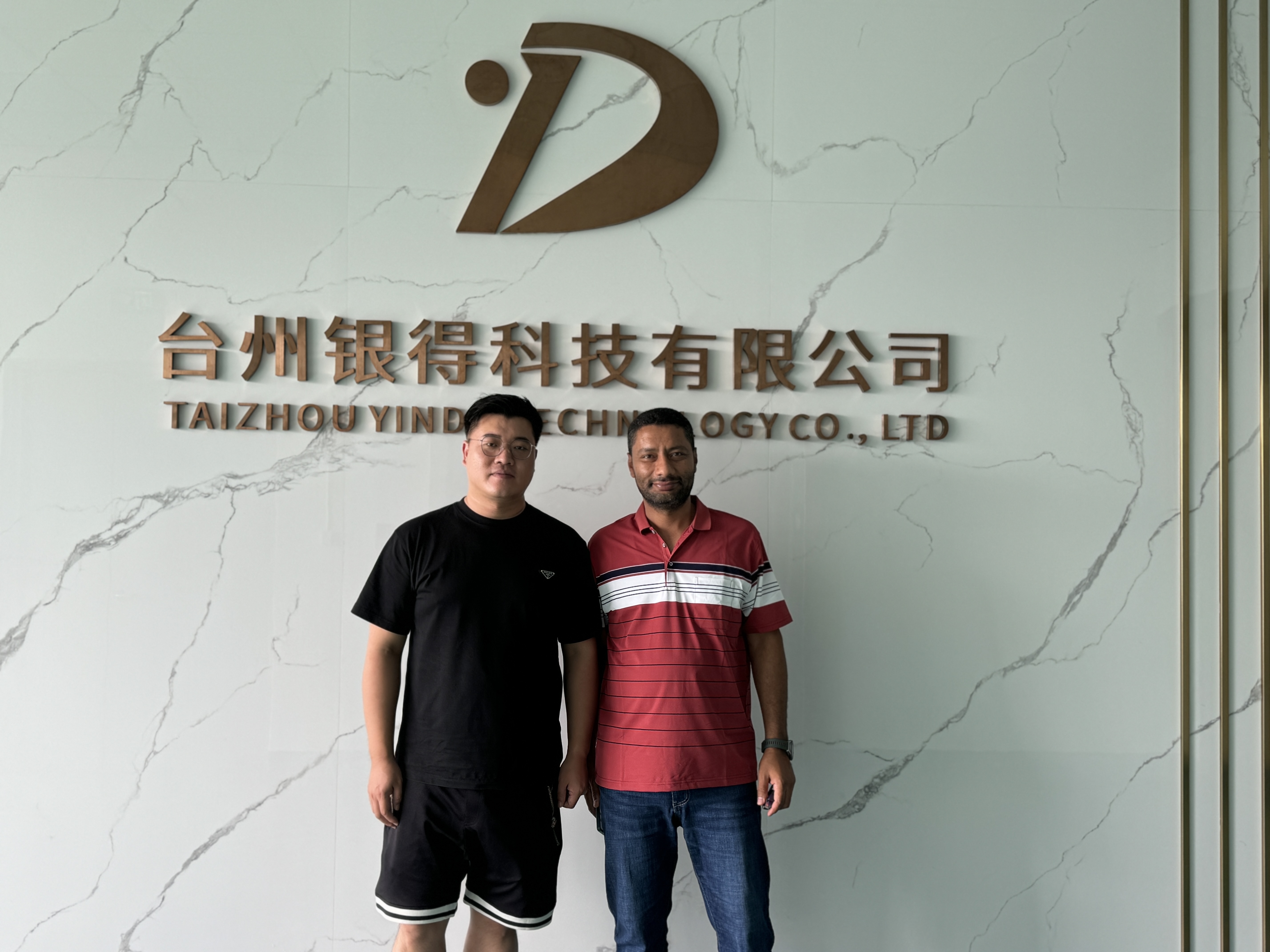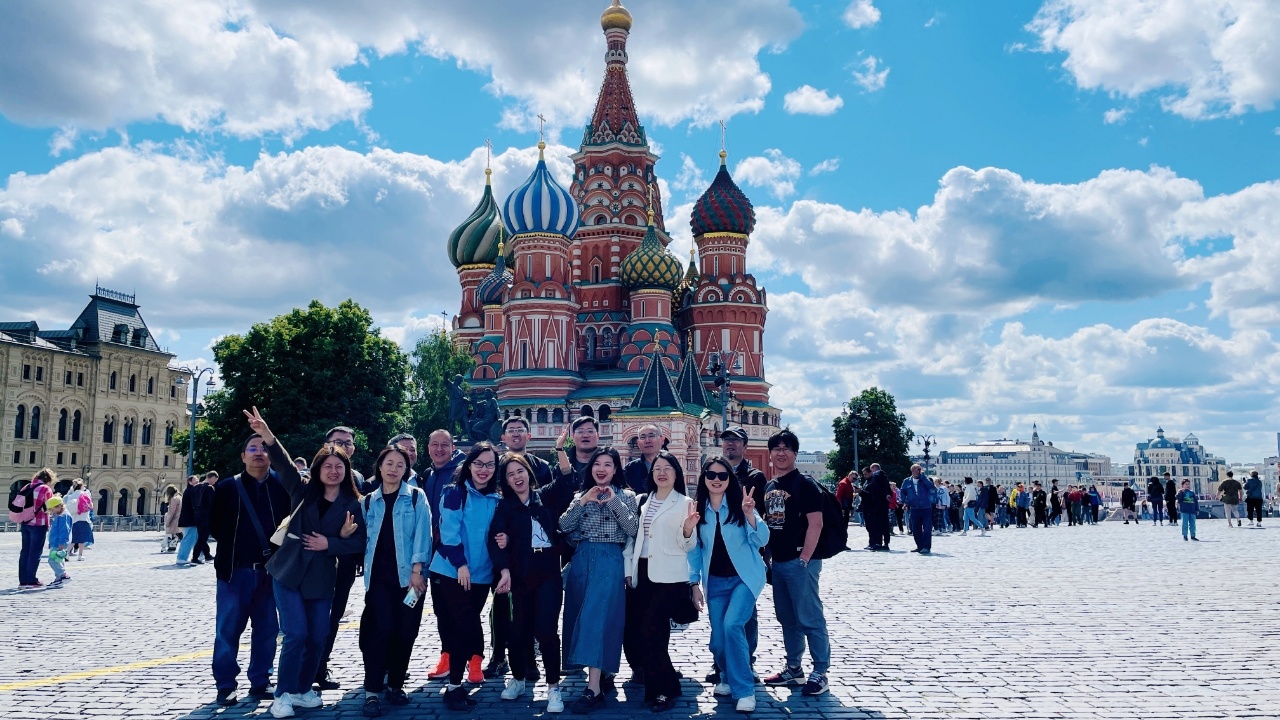Must See! Overview of Powder Metallurgy Moulding Features and Benefits
Release Time:
Dec 26,2023
We all recognise some of the common metal forming techniques such as forging, casting and sheet metal forming. But have you ever heard of metal powder compaction, powder metallurgy compression moulding, sintering or metal shot forming? Dial cases, bronze coloured bushings and surgical implants are all tied together by a common rope of powdered metal. Yes, all of these components are manufactured using powdered metal as the raw material.

We all recognise some of the common metal forming techniques such as forging, casting and sheet metal forming. But have you ever heard of metal powder compaction, powder metallurgy compression moulding, sintering or metal shot forming? Dial cases, bronze coloured bushings and surgical implants are all tied together by a common rope of powdered metal. Yes, all of these components are manufactured using powdered metal as the raw material.
Powdered Metal Compaction
Metal powders are produced through a technique called atomisation. The metal powder is mixed with lubricants or other processing aids and the powdered metal is now in the compaction stage. A rigid toolbox, mould or other pressing mechanism compacts the powder until it takes on the desired shape. The powdered metal can also be shot-formed to give it the desired shape for production.
Axial or Isostatic Compaction
Loose powder is filled into a mould and then pressed using a metal rod that acts as a piston. This is called axial compaction. In the case of isostatic pressing, the term is used to apply a force that simultaneously and evenly compresses each surface of the compacted object. This is a more complex manoeuvre requiring the moulding envelope and immersion in a drum of incompressible fluid. When performed in cold conditions, it is called cold isostatic pressing (CIP), while at high temperatures it is called hot isostatic pressing (HIP).
Variables affecting compaction
Particle shape, particle size and compaction pressure all influence the compaction process. Average atomised metal particles move evenly with each other, so the density of the part can be guessed. In addition, the composition of the metal affects the particle shape. The inner surface of the mould must be as close to frictionless as possible. Friction in the mould can lead to dimensional inconsistencies.
Whether the compression force is pushing in one direction or evenly extruding the fines into shape, the extrusion energy must be mechanically applied in a controlled and consistent manner. Otherwise, **dimensional inconsistencies, such as density variations, may occur.
The compaction manoeuvre is also a bit like a three-dimensional jigsaw puzzle with a die section and core and upper and lower punches. As these parts are pressed downwards, bronze bushings or some other necessary parts are shaped and then enter the sintering stage.
Sintering to enhance compact parts
Once the compaction process is complete, the powder compact is moved to the sintering stage. Sintering is a process that involves heating the powder, usually in a protective atmosphere, at a temperature below the melting point of the main component.
Sintering can be applied to two types like solid sintered phase and liquid phase, which can be subdivided into transient liquid phase sintering and liquid phase sintered phase.
The obvious question that arises is why is powder metallurgy worth considering as opposed to conventional manufacturing processes? The answer lies in the two main benefits of powder metallurgy: cost-effectiveness and specificity.
Cost-effectiveness
In terms of its cost-effectiveness, power metallurgy simply outperforms conventional manufacturing processes with its lower energy consumption, higher material utilisation and reduced number of process steps.
All of these factors can be achieved through powder metallurgy's ability to reduce or even completely eliminate machining operations that would be used in conventional manufacturing.
Keywords:
More information





